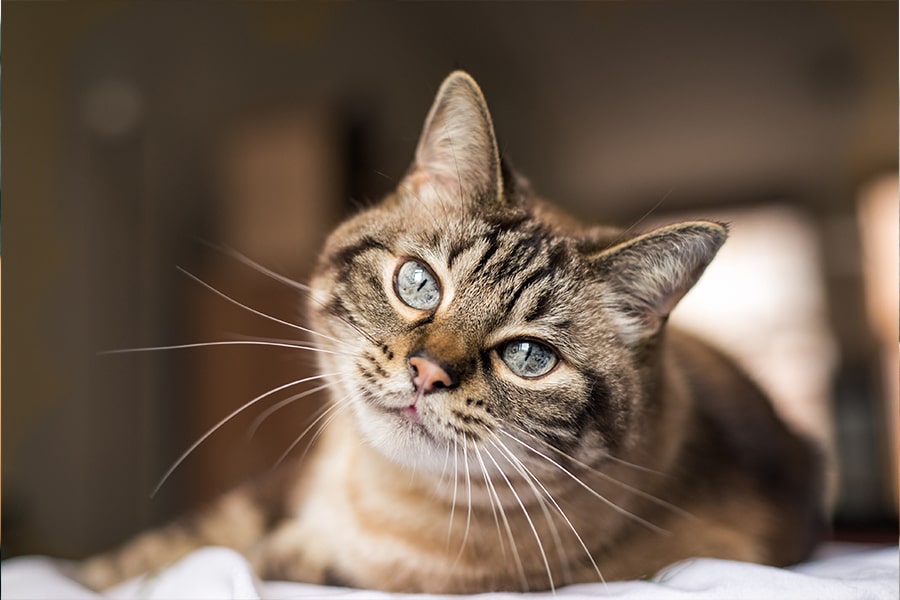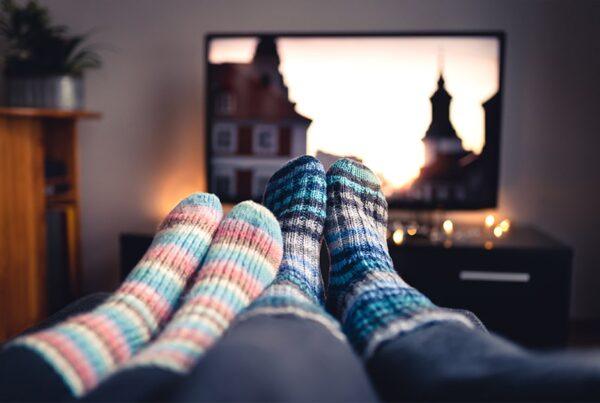If you speak to anybody about their pet, one of the first things you will hear is how “they are like a part of the family”. Any of our readers who have their own cat or dog will likely share this sentiment; once they are in our hearts it is incredibly difficult to imagine life without them.
At Jackson Grundy, many members of our team are both pet owners and animal lovers, and we thought we might take some time to indulge in writing a couple of articles that explore two of our passions: pets and homes.
With this mind, we’ve put together a guide of sorts with some pet-friendly ideas for your home – for cats and dogs specifically – that help your pets feel happier, safer, and more comfortable. Presented in two parts, we hope that whether you’re a cat lover, dog lover, or both, these guides will provide you with some useful tips and information for your furry friends.
First up, cats!
Why We Love Cats
You don’t need a cat to shower you with licks or drop a toy at your feet to know that it loves you. Cats are independent, even aloof at times, but that doesn’t mean your cat doesn’t have a wealth of affection to give. They’re sensitive creatures, keenly aware of their surroundings and incredibly territorial. As a result, it’s incredibly important to support your cat’s safety and needs, to encourage their independence and instincts, while making sure they feel safe and secure in their home.
How To Make Your Home Cat-Friendly
Cat Flap
For a long time, the cat flap has been the bread and butter of any pet-friendly home (unless, of course, you keep indoor cats). Cats should be able to come and go as they please, day or night, and preferably not have to rely on their owners to let them in and out. However, some caution should also be considered with a cat flap. Your cat may view it as a potential safety breach, an entrance for other cats or outdoor animals to enter their domain. It’s essential, therefore, to keep your cat’s provisions, such as food, beds, and entertainment, away from the cat flap. This will improve your cat’s sense of safety and security.
High Places of Comfort
A cat loves to climb, and as such, it’s important to enable this natural instinct by consciously having elevated areas in your home for them to sleep and relax. Elevated, cats will also feel a greater sense of comfort and security, as it provides them with a good spot to survey their territory.
Staircases are often used by cats to achieve this sense of perceived safety. If your residence does not have a staircase, or if you want other elevated areas where cats can feel safe, then there are plenty of other options to consider. Many cats may elect to jump on top of furniture or shelving to feel safe, so having a clear route for them to access these elevated areas is key.
There are also an array of products on the market that cater to this particular need of your cat, such as tall scratching posts with shelves for your cat to rest.
Privacy
Like many of us, cats value their privacy and need a place where they can take time out alone. Cats will often scout out a place or two within the home regardless of whether or not you are consciously creating that private space for them.
You can, however, make it easier for them by ensuring that there is available space cleared out in the nooks and crannies of your home, whether that be under the bed, at the back of a wardrobe, or under the stairs.
Respect your cats need to be alone, and unless you suspect they might be poorly, try not to disturb them when they’re having some time to themselves. They’ll let you know as soon as they’re ready for some love!
Hazards
There are quite a few everyday items that are potentially dangerous, even fatal to cats. Here is a list of some of the most common hazards you should be aware of:
- Electrical Wires: A cat may naturally want to play with wires, but in doing so there is a risk of electrocution. Where possible, keep wires tucked away, and immediately replace them should the outer rubber show signs of erosion. Turn off any plugs that are not in use, and never allow loose wires to dangle as these will be more alluring to your cat.
- String and elastic: Any kind of string, yarn, or elasticated items will likely capture you cat’s attention. Keep these safety tucked away at all times when not in use, as your cat could potentially choke or inflict intestinal damage should they swallow them.
- Detergents and Bleach: Many everyday cleaning items are potentially toxic to cats whilst they remain wet. After cleaning a surface, wait nearby and prevent your cat from walking across freshly cleaned surfaces until they have dried.
- Plants: There are a number of plants that are toxic to cats. Although cats will rarely try and eat them, they may pick some of it up when passing and then ingest it while grooming. Popular house plants that are dangerous to cats include Cycad, Aloe Vera, Ivy, and Lillies. A full list of toxic plants to avoid can be found here.
- Plastic bags: An extremely common item found in every household, plastic bags can be fatal to cats. They can potentially get their head stuck inside the bag and suffocate. Ensure that you fold and hide away any plastic bags
If you own a cat, or are planning to own one in the future, it’s imperative to do further research on hazards so your cat can move around the home safely.
Entertainment
Cats need entertainment indoors as well as outdoors. This is especially true, of course, if you have an indoor cat. Thankfully, there is plenty of opportunity to create entertainment and amusement for your cat within the home.
Cats are naturally curious creatures, and as such love to explore and experience new things. You can support your cat’s instincts by providing them with cardboard boxes or paper bags to explore, or cat-friendly toys to play with. Catnip, a perennial herb of the mint family, is incredibly popular with cats as it helps to stimulate their senses, enhance mood, and even relax them. There are many catnip infused toys on the market.
You should also ensure that your cat can easily tune into Cat TV. Cat TV is far less expensive than our traditional electrical devices; all they need is a good, unobstructed view of your window to enjoy all the channels the great outdoors can provide within the comfort of their home.
Jackson Grundy
We hope that you found this article informative, and maybe even discovered a new way to keep your feline friend happy, safe, or entertained. Come back soon for part two of this series, where we’ll be focussing on the opposite side of the spectrum, dogs!








